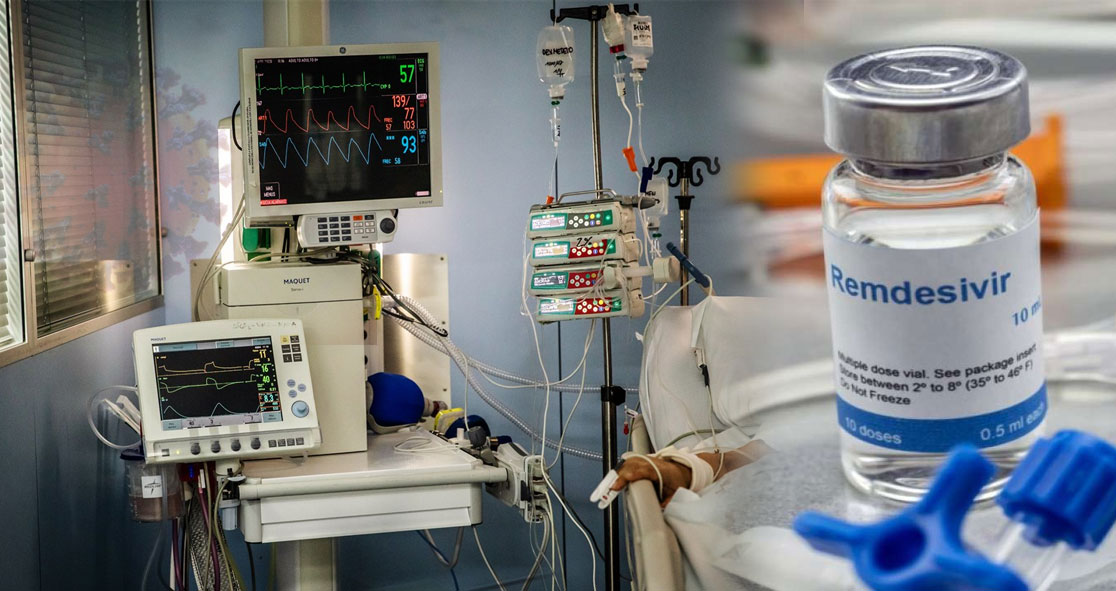India is facing an alarming surge in COVID-19 cases, affecting the nation’s healthcare system. To curb that surge, the United States announced that it would provide more medical aid to India.
The announcement came during a phone call between Jake Sullivan, White House National Security Adviser, and Ajit Doval, Indian National Security Adviser on Sunday.
India has now become the epicenter of the global COVID pandemic and the nation’s health care system is on the verge of collapse.
Emily Horne, National Security Council spokesperson, said, “Just as India sent assistance to the United States as our hospitals were strained early in the pandemic, the United States is determined to help India in its time of need.”
She also said that the US will allow for the export of certain raw materials urgently needed for vaccine production, as well as sending test kits, ventilators, and personal protective equipment, among other aid, according to NPR.
US officials had previously banned the export of raw vaccine materials, giving priority to Americans first.
The sudden spike has caught India completely off guard. Since March, the number of cases and deaths has skyrocketed. There is a shortage of oxygen supply, hospital beds, and even medicines like remdesivir and tocilizumab.
Right now, India is facing a shortage of oxygen, with hospitals advising patients to get their own oxygen, making the situation extremely difficult.
Doctors are making videos to urge people to stay safe as they are seeing people dying due to shortages of oxygen and ventilators.
Dr. Trupti Gilada said in a Facebook video, “I have never felt so desperate or helpless. We are seeing young people. We have a 35-year-old who’s on a ventilator. Please pray for our patients.”
The Sunday’s announcement also said that the US was urgently “pursuing options to provide oxygen generation,” according to NPR.
The nation would be deploying a team of public health advisers from the CDC and other agencies to work with public health officials in India and at the U.S. Embassy. The article was published on NPR.























